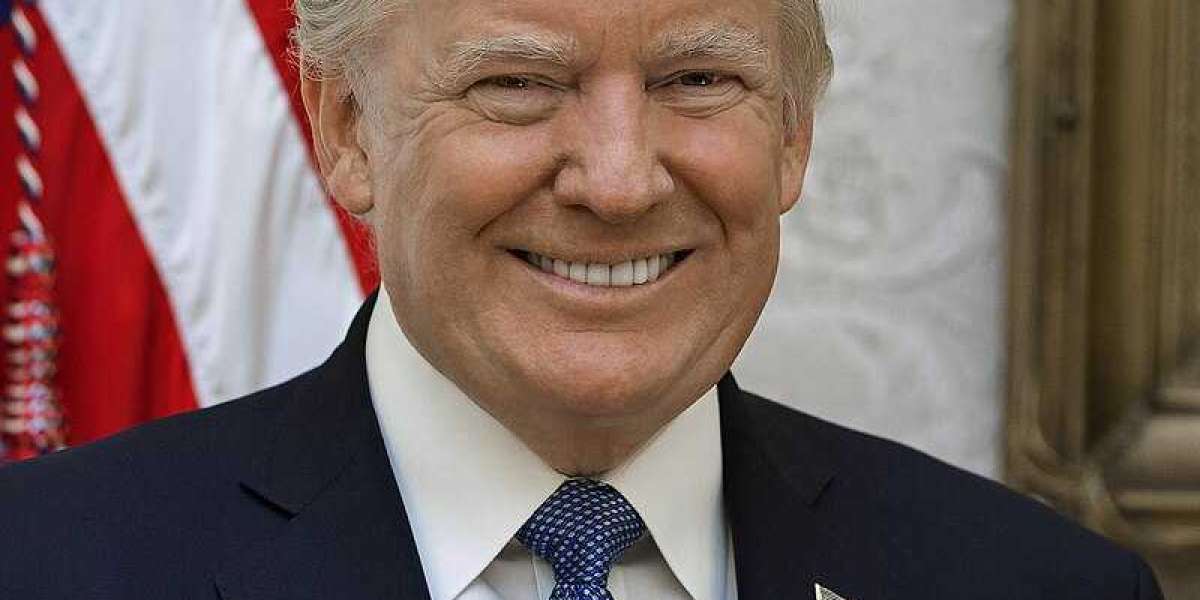Trump’s Under-Polling: A Modern Case of Shy Voters
Donald Trump’s presidential campaigns in 2016 and 2020 offer perhaps the most high-profile examples of polling inaccuracies in recent memory. In both elections, many polls underestimated Trump’s support, especially in key battleground states like Pennsylvania, Wisconsin, and Michigan. In 2020, for instance, polling errors in some states were as high as 5-7%, giving an edge to Joe Biden that wasn’t as strong on Election Day.
What went wrong? Here are some reasons frequently cited by polling experts:
Shy Trump Voters: Some Trump supporters may have been reluctant to disclose their preferences to pollsters, leading to a phenomenon often called the “shy voter effect.” Social desirability bias, or the tendency to give socially acceptable answers, may have played a role here.
Sampling Issues: Pollsters faced challenges in reaching representative samples of Trump supporters, who may have been less likely to respond to polls. Many of his supporters are rural or working-class voters who can be harder to contact using traditional polling methods.
Turnout Enthusiasm: Trump’s campaigns were highly effective at mobilizing supporters to vote, even those who hadn’t participated in previous elections. This turnout spike surprised pollsters who hadn’t anticipated such high levels of enthusiasm.
The repeated underestimation of Trump’s support in two successive elections has highlighted a potential structural gap in how polls capture hard-to-reach voter groups and enthusiasm-driven turnout. However, Trump isn’t the only candidate to benefit from this phenomenon.
Other Cases of Under-Polling Bias
Historically, polling errors have occurred for a range of candidates, especially those with non-traditional appeal or significant late-breaking support. Here are a few notable examples:
1. Ronald Reagan in 1980
In 1980, Ronald Reagan’s polling showed him slightly ahead or even with incumbent Jimmy Carter, with many polls predicting a narrow win. However, on Election Day, Reagan won in a landslide, carrying 44 states and defeating Carter by nearly 10 percentage points. Why did polls underestimate Reagan? Much like Trump, Reagan benefited from “silent majority” support, a coalition of voters who decided late in the race and weren’t fully reflected in polling data.
2. Jesse Ventura in 1998
Former professional wrestler and third-party candidate Jesse Ventura was significantly under-polled in his Minnesota gubernatorial race. He was seen as an outsider with slim odds against his two major-party opponents. However, Ventura attracted unconventional voters, particularly young people and first-time voters, who were not only hard to capture in polls but also didn’t decide until close to Election Day. When he won, it was a surprise that forced pollsters to reassess how they capture non-traditional voting demographics.
3. Brexit (2016)
Across the pond, the Brexit referendum showcased a similar polling error, with many polls predicting that the UK would vote to remain in the European Union. However, the final vote showed 52% of Britons chose to leave, an outcome that shocked many analysts. Much like Trump’s “shy voters,” Brexit’s “Leave” supporters may have been less likely to express their views to pollsters, leading to a sizable polling error.
4. Harry Truman in 1948
Perhaps one of the most famous polling errors occurred in 1948, when nearly every major poll indicated that Thomas Dewey would defeat incumbent Harry Truman. Gallup, Roper, and other major pollsters stopped polling weeks before the election, assuming Dewey’s lead would hold. But Truman pulled off a narrow win, underscoring how critical late-deciding voters and unexpected turnout can be in shifting outcomes.
Why Do Polls Get It Wrong? Common Causes of Polling Errors
While each election and candidate presents unique factors, here are a few recurring reasons why polling errors happen:
Non-Response Bias: Certain groups may be less likely to respond to polls. For example, rural and working-class voters (many of whom supported Trump) tend to be harder to reach through traditional polling methods, leading to under-sampling.
Social Desirability Bias: People sometimes feel pressure to give answers they think are more socially acceptable, especially when a candidate is controversial. This can lead to “shy voter” effects, where people either decline to respond to polls or provide inaccurate responses.
Turnout Uncertainty: Predicting who will turn out to vote is one of the hardest parts of polling. Unexpectedly high turnout from a candidate’s supporters can lead to last-minute surprises, as seen with Trump, Reagan, and even Truman.
Late-Deciding Voters: Many voters make up their minds in the final days before an election. Polls conducted too early can miss these last-minute shifts, which is what happened in the 1948 and 1980 elections.
The Future of Polling in a Changing Landscape
The polling errors in recent elections have led to discussions on improving polling accuracy. Adjusting for non-response bias, reaching rural and working-class voters more effectively, and incorporating online and text-based polling methods are all potential solutions being explored by the polling industry.
Moreover, the concept of “electoral enthusiasm” may need to be revisited. Understanding not only how many people support a candidate but also how likely they are to actually vote could help improve polling predictions.
As political landscapes continue to evolve, the polling industry will need to adapt to capture the voices of diverse and dynamic electorates. Whether we’ll see another polling surprise in the future remains to be seen, but one thing is certain: polls can tell us a lot, but they don’t always tell the whole story.
This overview highlights that while Donald Trump’s under-polling was remarkable, similar biases have affected other candidates throughout history. Understanding these trends helps us become more critical readers of polls—and better prepares us for unexpected outcomes in the voting booth.






